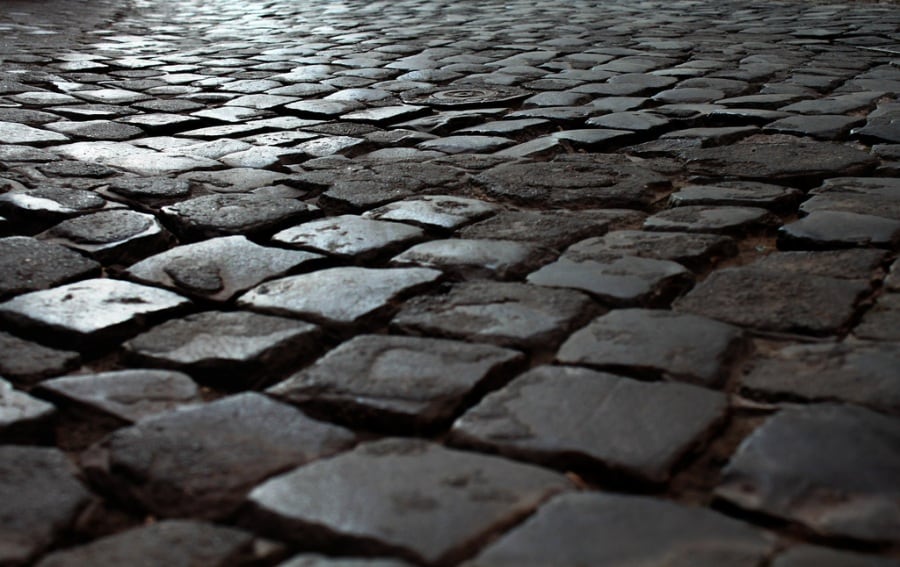Llamborda.org

What is a llamborda?
Llamborda is a Catalan word used to refer to the sampietrino, the cuboid-shaped worked stone used in the construction of sett, the traditional type of paving used for roads.
Why llamborda?
Llamborda as a community symbol
Llamborda can be seen as a symbol of community because while a single llamborda does not serve the purpose for which it was conceived, when placed appropriately with other ‘llambordes’ it creates a road. The road is a symbol of union between different places, a symbol of travel, a symbol of socialisation and popular power.

Llamborda as construction symbol
Llamborda can be seen as a symbol of construction because it is particularly appreciated in road building for its high load-bearing capacity, its durability, its versatility of laying, its ability to follow the slopes of the ground harmoniously, the low slipperiness of its surface, the possibility of creating geometric designs and not least its traditional charm.
Llamborda has been used since ancient Rome to build roads, one of the main tools that made possible the creation and existence of the Roman Empire, one of the longest-lived in history. Roads were used to connect populations and get people and goods from one corner of the empire to another in a relatively short time.

Llamborda as resistance and change symbol
Llamborda can be seen as a resistance and change symbol. Roman Empire roads made of ‘llambordes’ were also used to move centurias from one corner of the empire to another to quell and suppress riots and revolts. However, as ‘llambordes‘ are ubiquitous on the urban pavement of streets and squares, they have also always been used to improvise barricades and as ammunition to defend against repression. During May ’68 in France, the llamborda became a true symbol of revolt and change.



